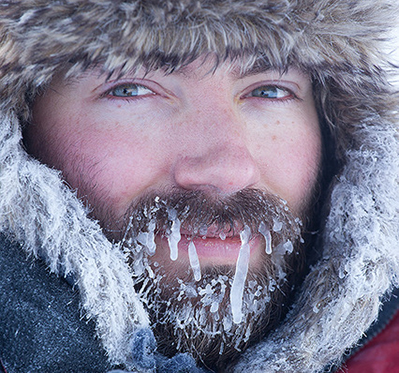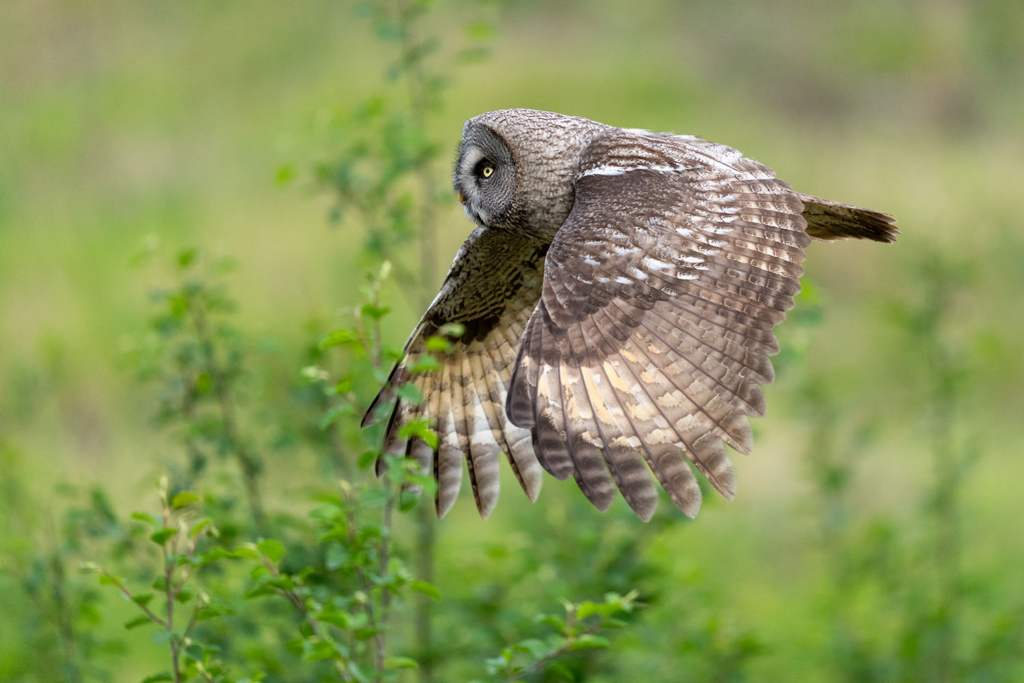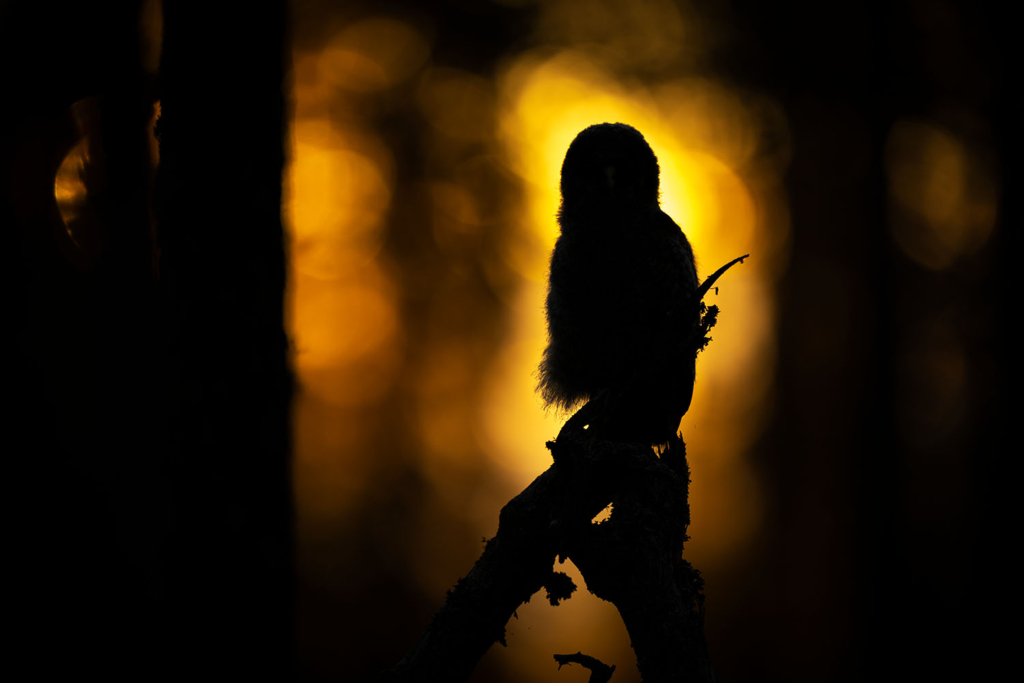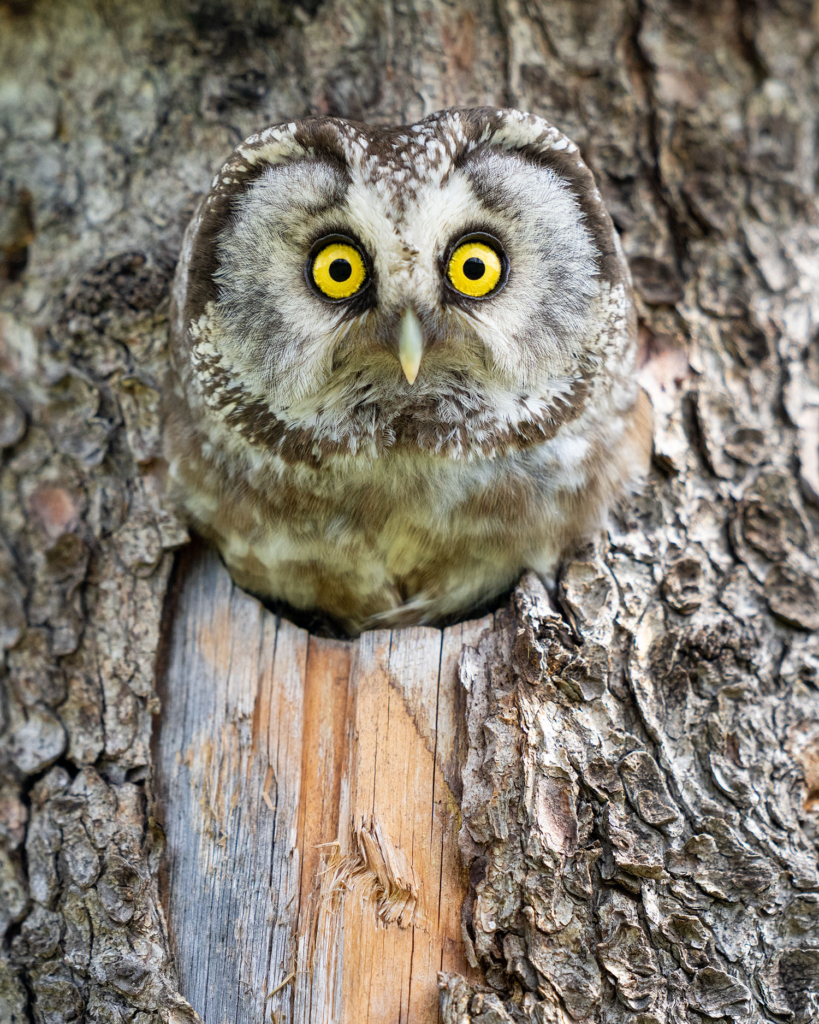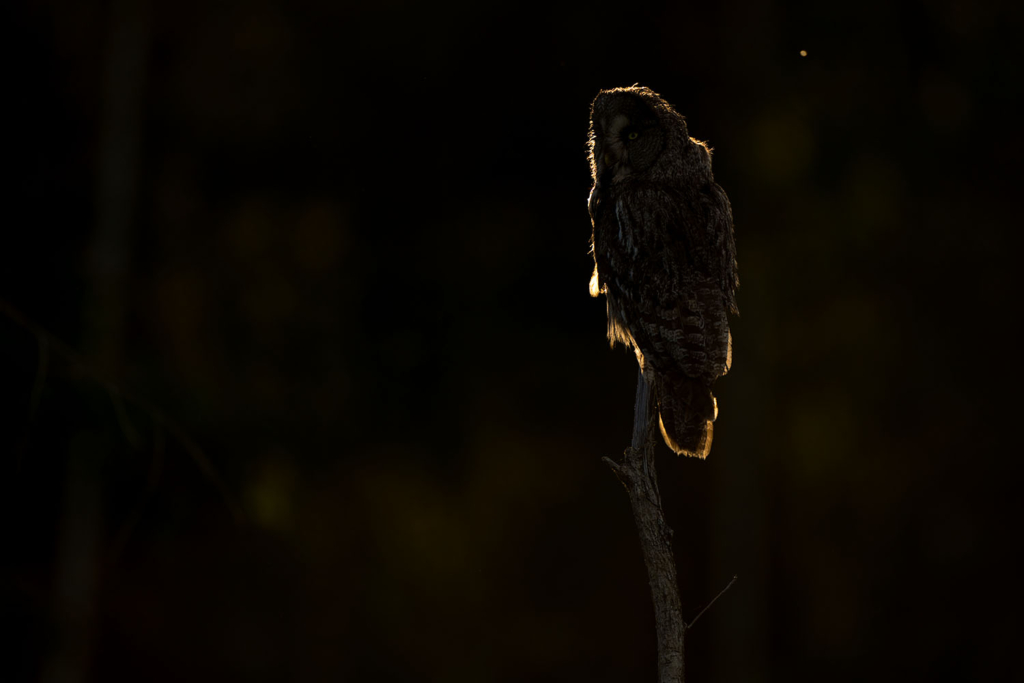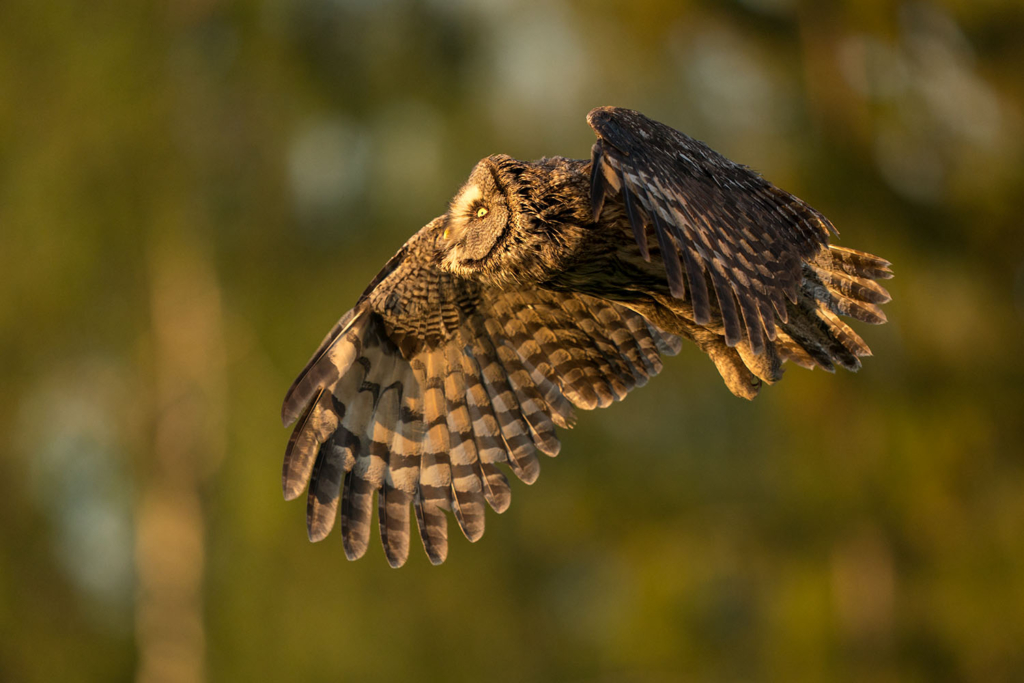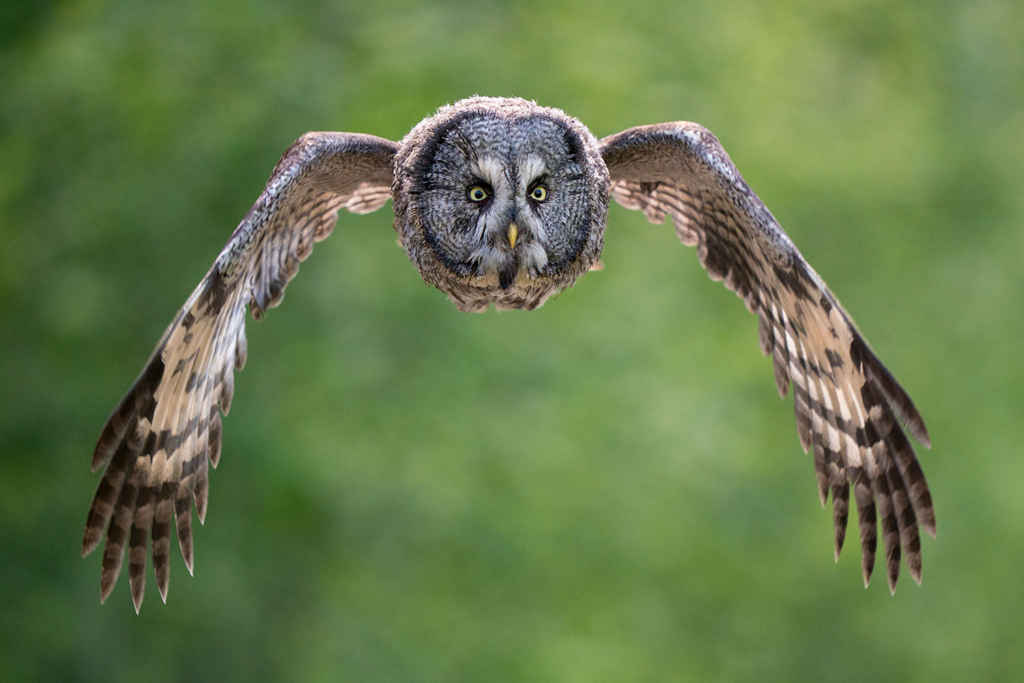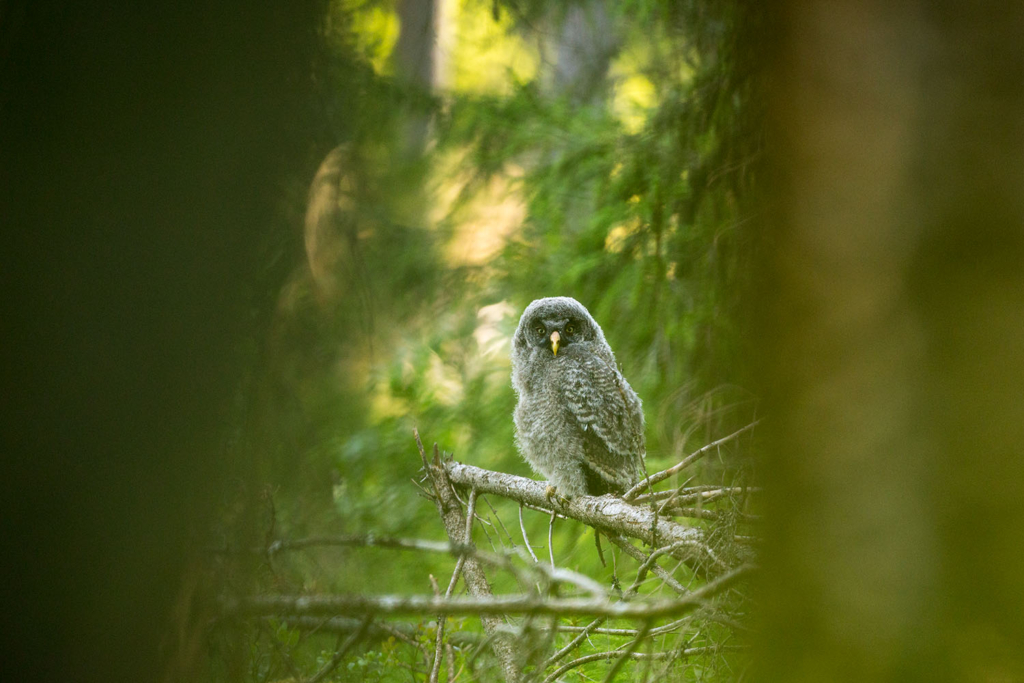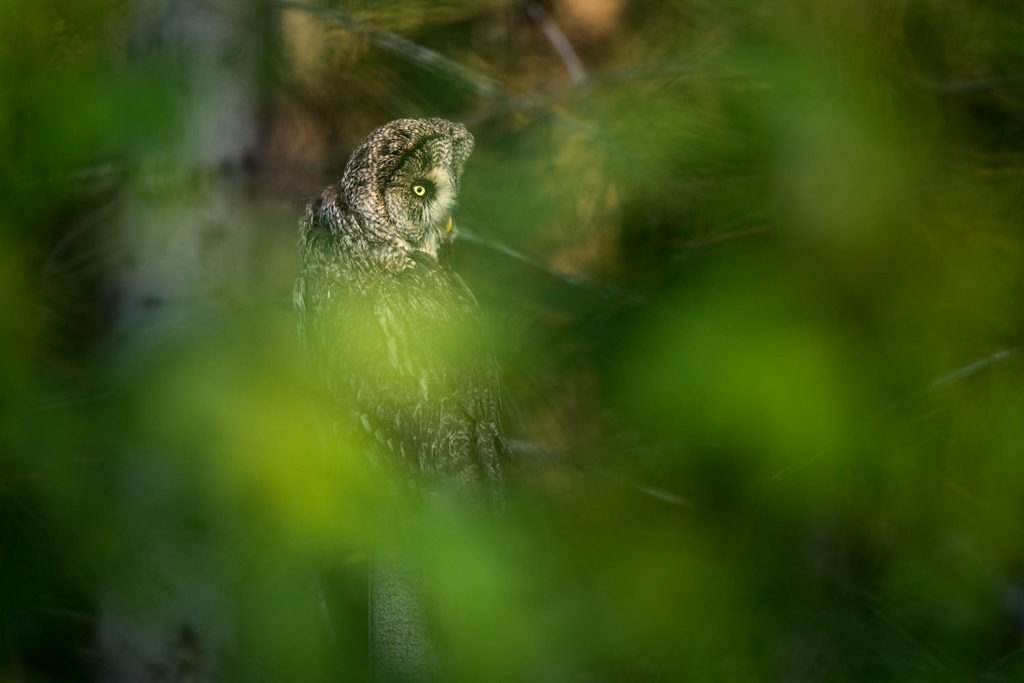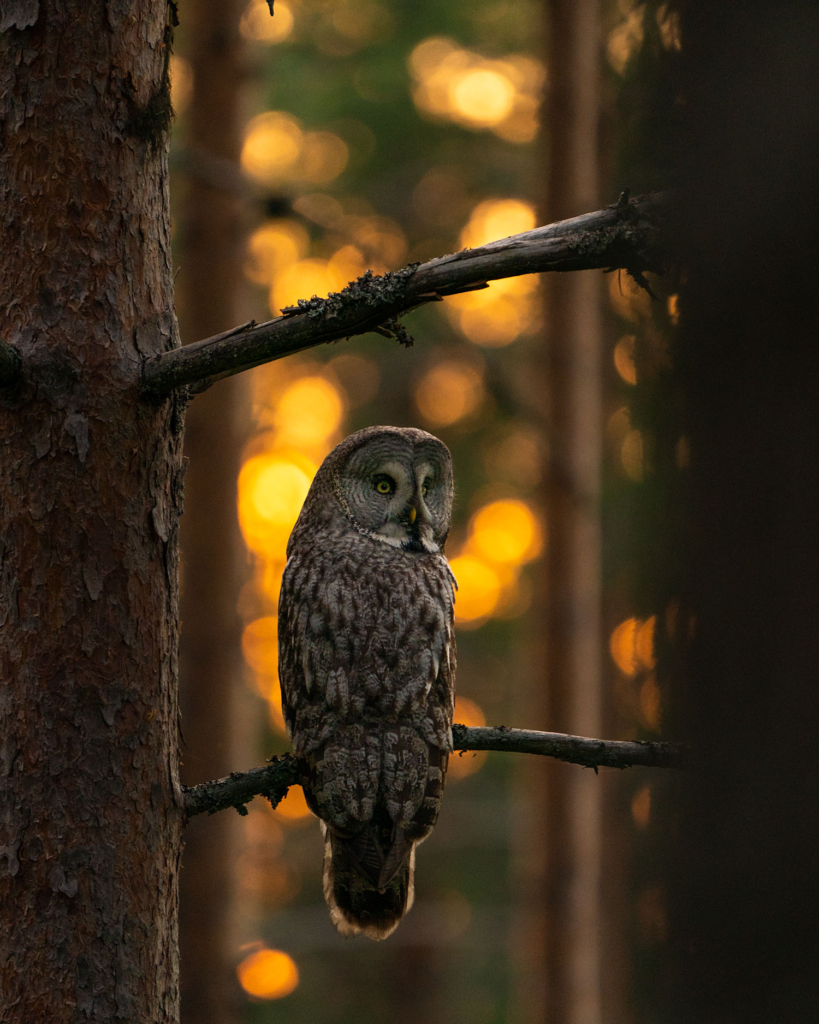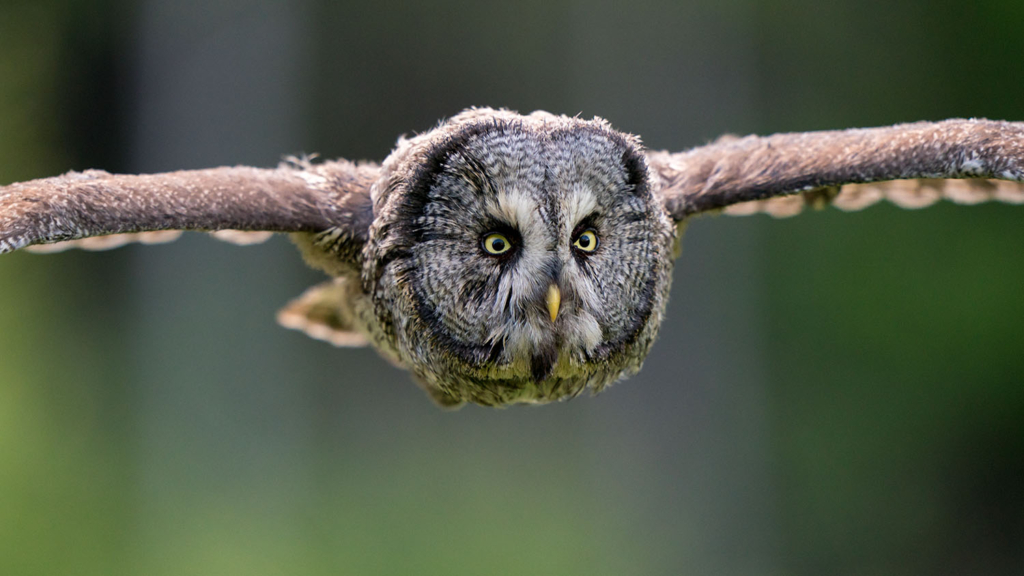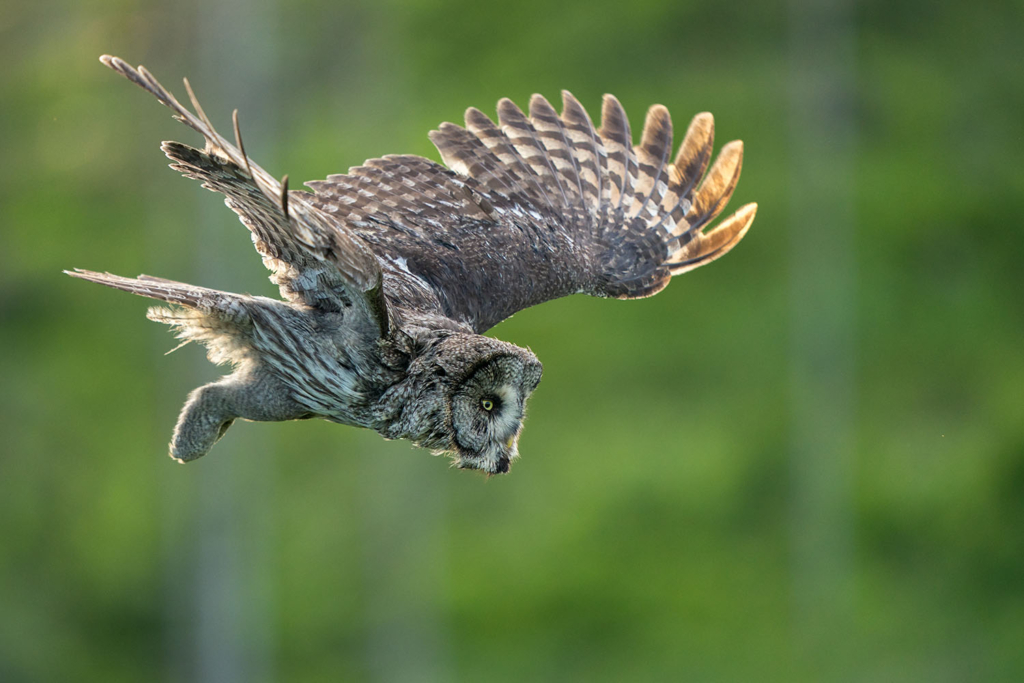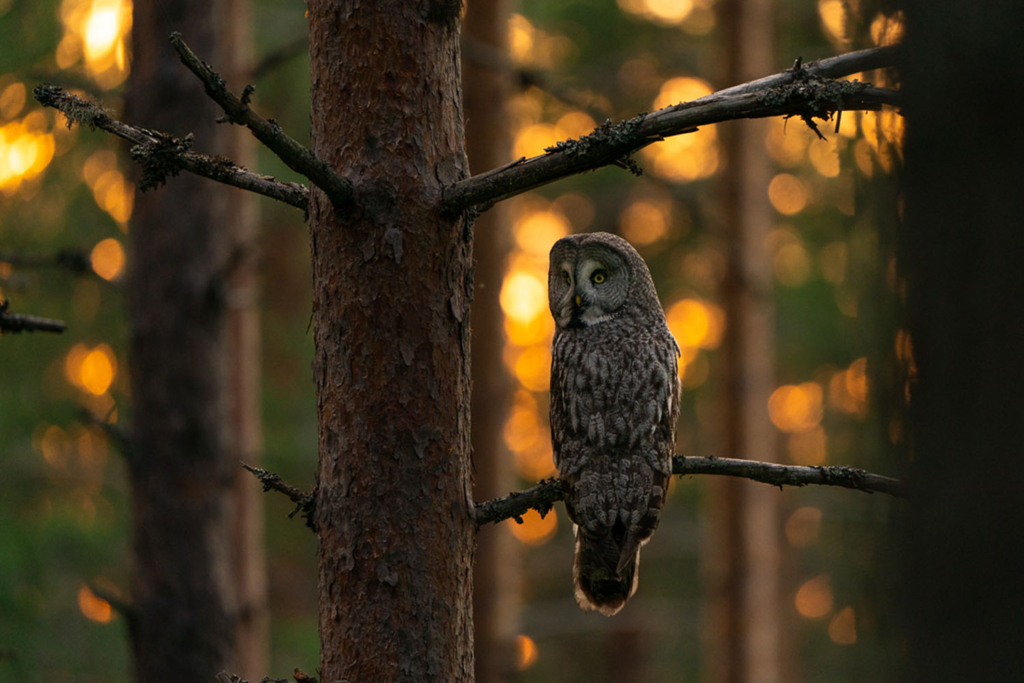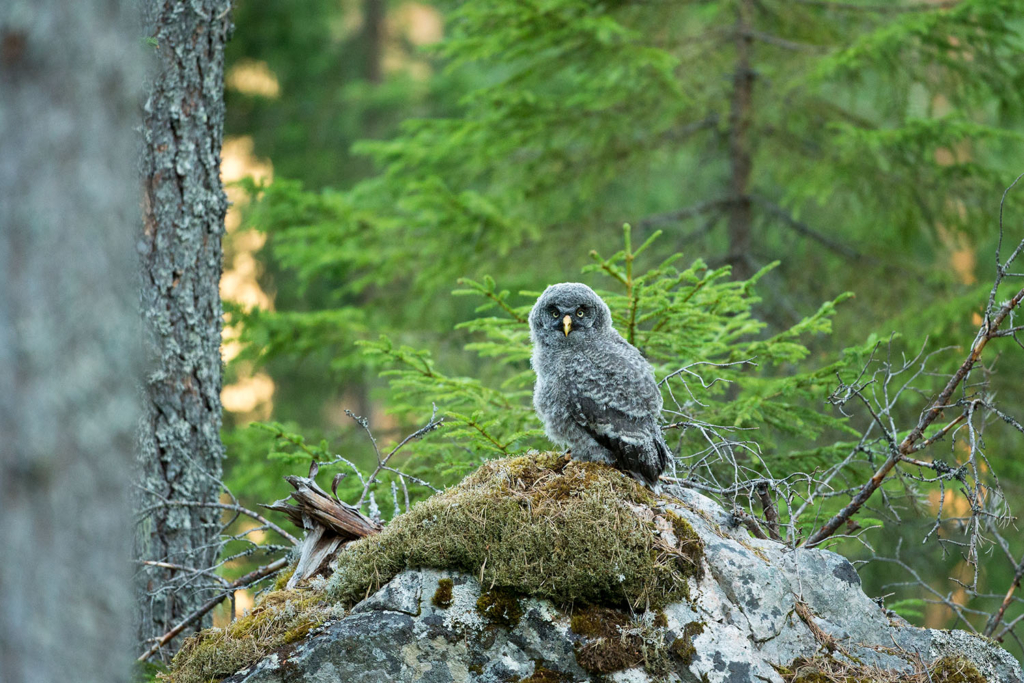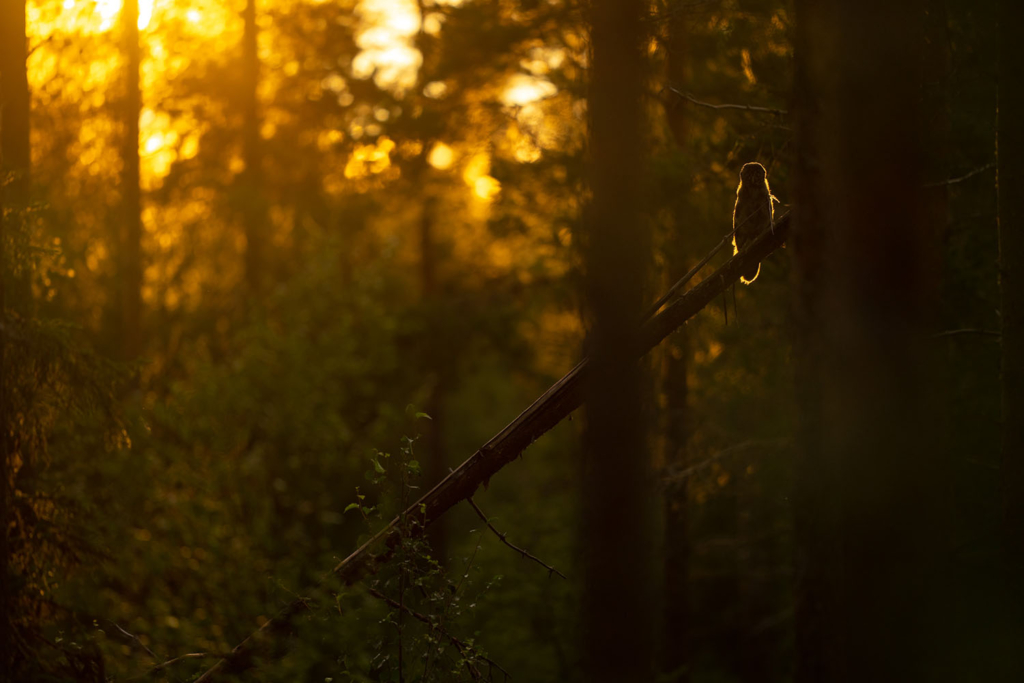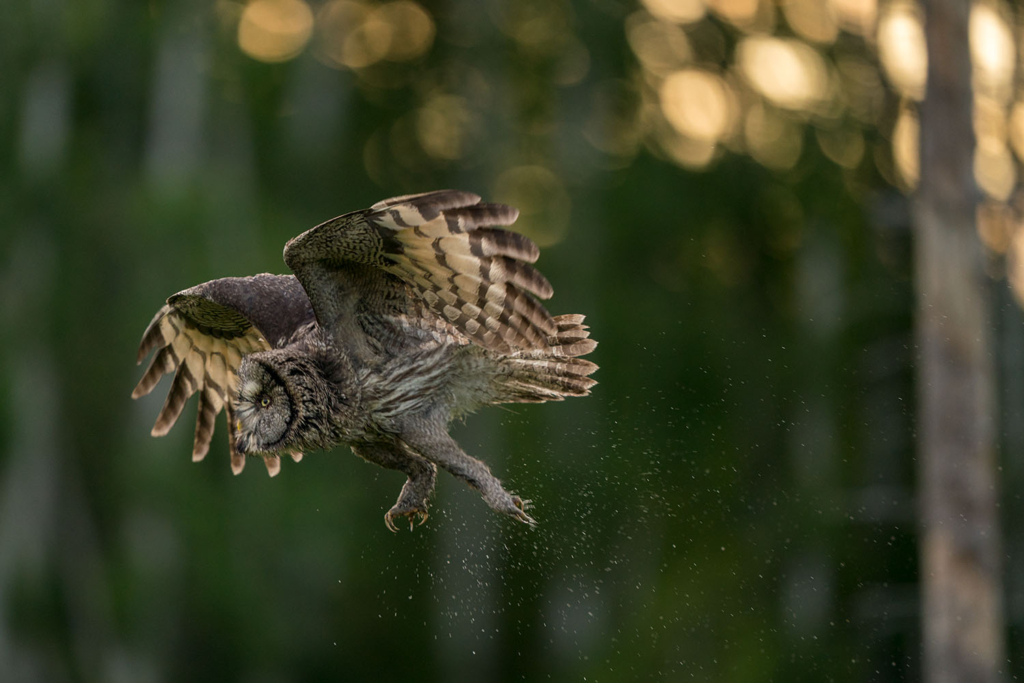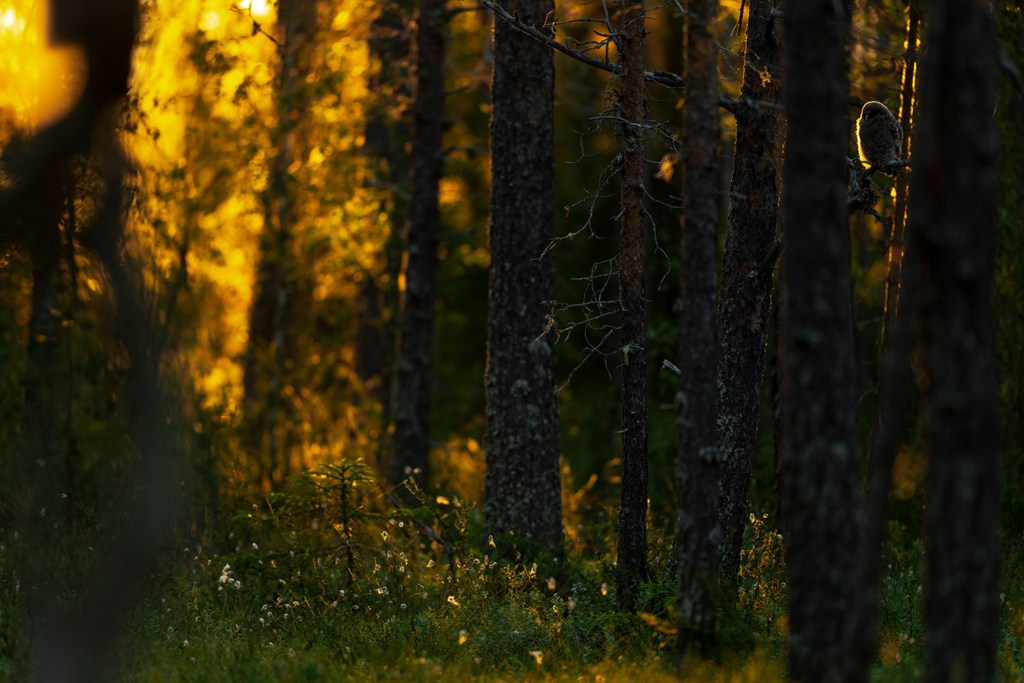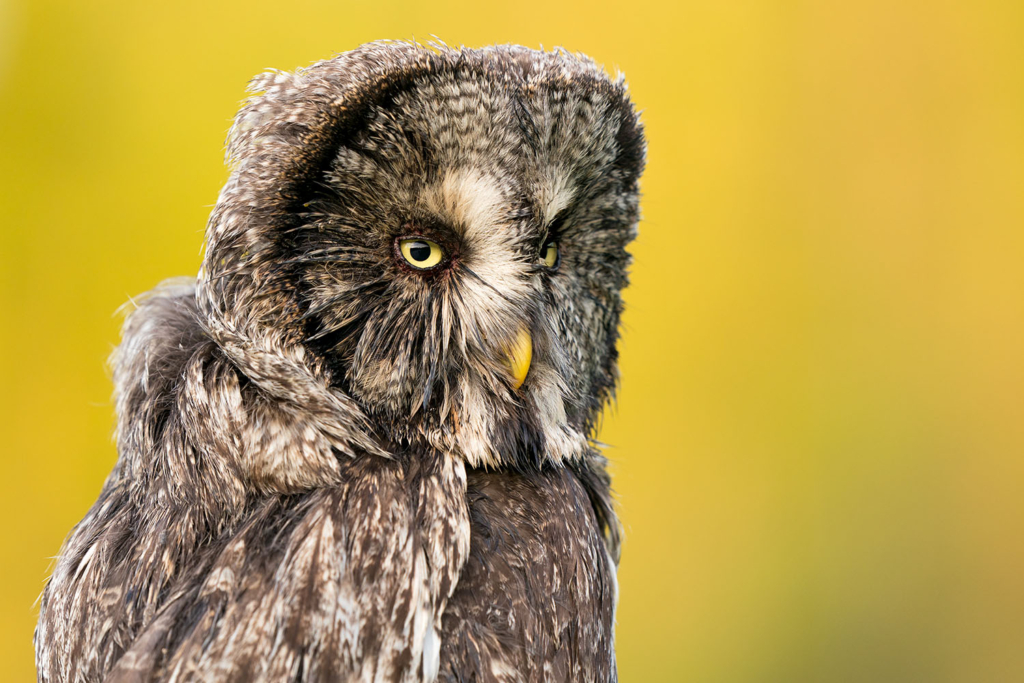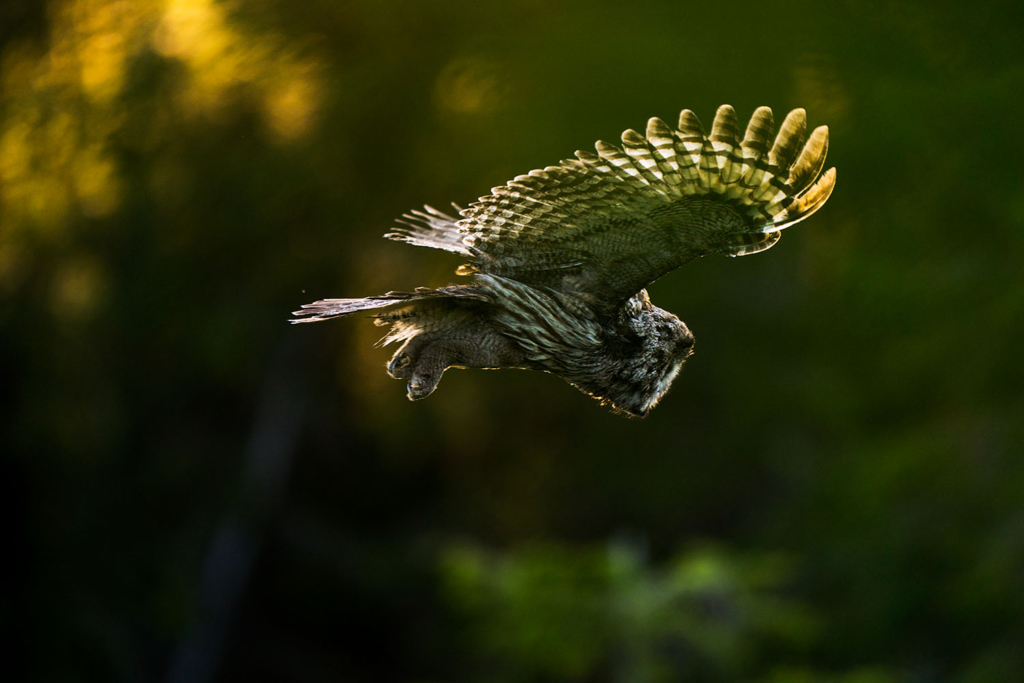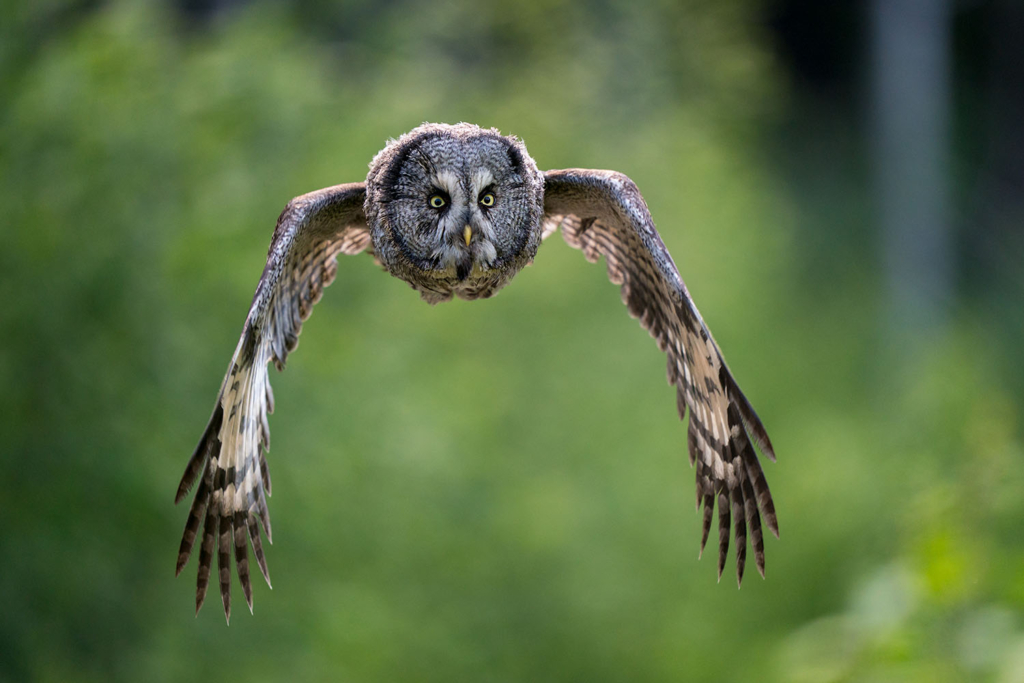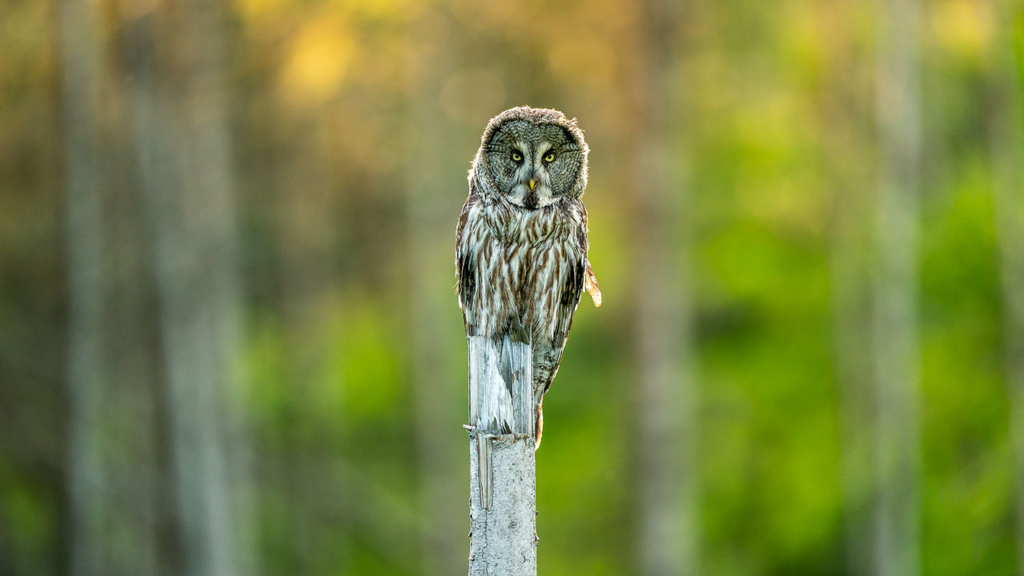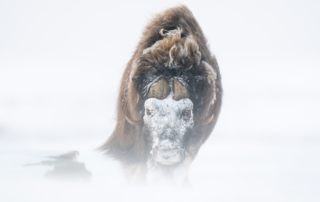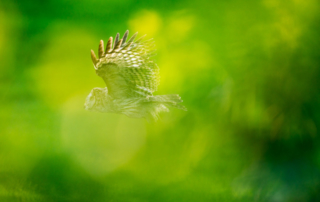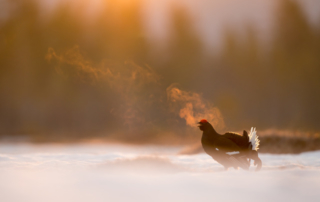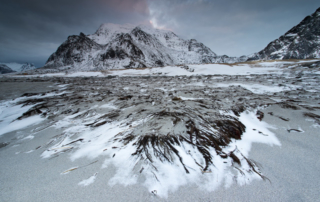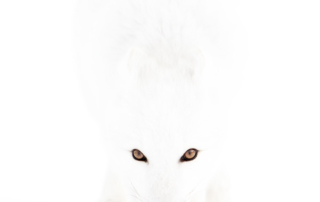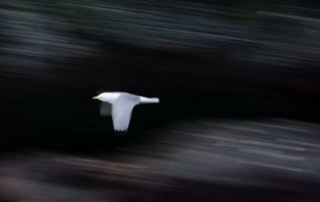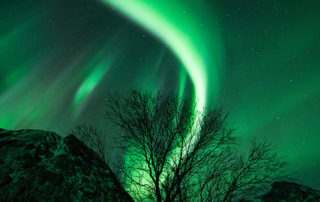SOME HIGHLIGHTS
- 10 photo sessions in the Great grey owls hunting grounds
- Several territories of Great grey owl
- Good chances to photograph Tengmalms owl
- Small group – ONLY MAX 4 PHOTOGRAPHERS
- Our local guide has worked during several years with putting up nesting platforms and nests for the owls and knows the owls well
- Chances also to see and photograph Northern Hawk owl and Pygmy owl
- Good chances to photograph Moose
- In June-July, there is photo light almost around the clock, which gives us a lot of time with the owls
- Advice and photo technical tips from Sony Ambassador Floris Smeets, in a small group of like-minded people
Join our local guides out in the Norwegian forests, the home of the silent hunters. We will take you to the hunting grounds of the Great grey owl, to photograph this impressive bird in action. We don’t bait owls! We work with small groups of guests to give you the best possible photo opportunities. Our guides are very well known with the owls and understand their behavior. We will get you in the right position at the right time to capture those magical shots.
PHOTOGRAPHING THE GREAT GREY OWL
During the summer months, the great grey owl is active during daylight hours. The owls are mainly active from 18:00 in the evening until 9:00 in the morning. We will be out in the field with the owls from 18:00 until shortly after sunset (+/- 22:00 – 23:00), and again from shortly before sunrise (+/- 3:00 – 4:00) until the owls stop hunting. The activity of the owls might vary depending on the time of the season, the abundance of voles and mice and the number of chicks the pair is raising.
During this period the owls are nesting. This means that they are bounded to the area. This makes it easier for us to predict where they will hunt and where they will bring the prey when the hunt is successful. The guides are familiar with how the owls use the area. They know where to wait for the owls in order to get those impressive flight shots. Letting the owls approach us instead of us approaching the owls, results more often in close encounters. We are strong believers that not baiting the owls results in more photo opportunities. The owls have to be more active and will use a larger area to hunt when they are not disturbed by baiting. Photographing the owls in natural and undisturbed situations gives more variation in photo opportunities.
It is possible to photograph the chicks as well after they have left the nests, if the parents will allow it. Our guides spend a lot of time with the owls and normally the owls are used to us being there without disturbing them. By the time the chicks leave the nests, the owls trust us enough and it should not be a problem to photograph the chicks. In most years we know about several nesting pairs in our area. We will pick the right birds to work with, to make sure that they are fine with our presence.
PHOTOGRAPHING THE TENGMALM´S OWL
In contrast to the Great grey owl, the Boreal owl is mainly night active. This makes it much more tricky to photograph them. During the tour we will visit nesting sites. The Boreal owl nests in old Black woodpecker holes and in human made nest boxes. In order to get a glimpse of these small but beautiful owls, the guides softly scratch the tree the owls nest in. The owl will shortly stick its head out of the nest to see who is scratching the tree. This is the moment we can get our pictures. To prevent disturbance of the owls, we don’t revisit nesting sites.
If the guides know about a pair which is also likely to be active before sunset, then it is possible to visit this nesting location in the late evening in the hope to see the owls outside of the nests. The first days after the chicks have left the nests it is possible to photograph these as well. The chicks become mobile very soon after leaving the nests, so the opportunity to photograph the chicks is rather short.
OTHER SPECIES WE MIGHT ENCOUNTER
Some years we also have the Northern hawk owl and Pigmy owl breeding in our area. If we know about a nesting site, then we will visit this as well during the tour.
It is very likely that we will encounter moose while traveling to and from the photo locations. In some cases moose might appear on the hunting grounds of the Great grey owls.
These tours are focused on photographing owls and are not birding tours. We might encounter other bird species, such as black woodpecker, great spotted woodpecker, black grouse, capercaillie, crane, golden eye, sandpiper, green shank, red shank, crossbill, bullfinch and some small brown birds. If a good photo opportunity arises, then we will take it. But we won’t actively target these species.
LIKELIHOOD OF SUCCESS AND BOOKING PROCEDURE
Our area in southeast Norway is strictly a breeding area for the Great grey owls. These owls are only here from late spring until autumn. During the winter the owls are in the far north east of Fennoscandia and even some are all the way in Russia. During the spring period the owls migrate back south to our area. If there is enough food for them here, they will stick around and will breed here. They will appear from around mid April. By the start of May we will know if they will be nesting in our area or not. They will only nest here if there is enough food (voles and mice) available. The populations of voles and mice are going up and down in cycles. As a result of this, the owls can breed in our area 2 to 4 years in a row, followed by 1 or 2 years without any owls at all. 2020, 2021 and 2022 were very good owl years in our area. But 2023 and 2024 were extremely bad owl years. In 2023 there were no owls at all breeding here and this year (2024) we had several pairs which tried to nest but most abounded their nests due to the lack of food. We expect that 2025 and 2026 can be a good owl years again, as we see an increase in numbers of voles and mice.
As we do not want to disappoint our participants, we only undertake this tour if we know that owls are nesting in the area. You book as usual and at the beginning of May we will let you know if the owls are nesting in the area or not and confirm if the trip will go ahead.
If the owls do not nest, we give you the option to move your booking to next year or to get your registration fee back. NOTE: do not book flights before we have confirmed that the trip will take place.
Itinerary
Day 1 (22/6) (Dinner)
Pick up at Oslo Gardermoen airport. The guide will bring you to your accommodation in Deset, which is a two hour drive from the airport. The guide will give you a short introduction for the coming days. Dinner is already served at 17:00 to allow us to get out into the field at 18:00. To get to the photo locations, we need to drive 5 – 30 minutes from the accommodation. We will stay out in the field until sunset, which is somewhere between 22:00 and 23:00, depending on when in the season you will visit. After the photo session you return to the accommodation for a few hours of sleep.
Day 2-5 (23-26/6) (Breakfast – Lunch – Dinner)
After a few hours of sleep, we head out again to photograph the owls. We stay out with owls until they stop their hunt. This normally is somewhere between 7:00 and 10:00. If we had a successful start and the light has become to harsh, then we might leave the owls before they stop their hunt. Once back in the accommodation, a well needed breakfast is served. After breakfast you have the chance to back up your images and catch up with some sleep. Dinner is served at 17:00 to allow us to get out into the field at 18:00. We will stay out in the field until sunset, which is somewhere between 22:00 and 23:00, depending on when in the season you will visit. After the photo session you return to the accommodation for a few hours of sleep.
Day 6 (27/6) (Breakfast)
Depending on the time of your flight, we will head out one last time in the early morning to photograph the owls. After breakfast you pack your bags and get driven back to Oslo Gardermoen airport.
Photographic leader
Floris Smeets, born 1986 in the Netherlands. Living in Norway since 2010. Since 2014, Floris has been working full-time with nature photography, guiding and as a workshop leader.
He has a great passion for guiding and loves to share his knowledge with the participants at workshops.
Floris has a strong focus on the Norwegian nature and especially animals and landscapes. He always works with great respect for animals and nature and thinks it is very important that pictures are taken without disturbing the animals or changing the environment. With his pictures, he not only captures the beauty of nature, but in a way where the pictures tell a story.
Floris is the Sony Europe Imaging Ambassador. His images have been published in a wide range of magazines and exhibitions.
Floris is a licensed guide in Dovrefjell National Park and has many years of experience camping under really challenging winter conditions. Floris speaks English, Norwegian, Dutch and German.
